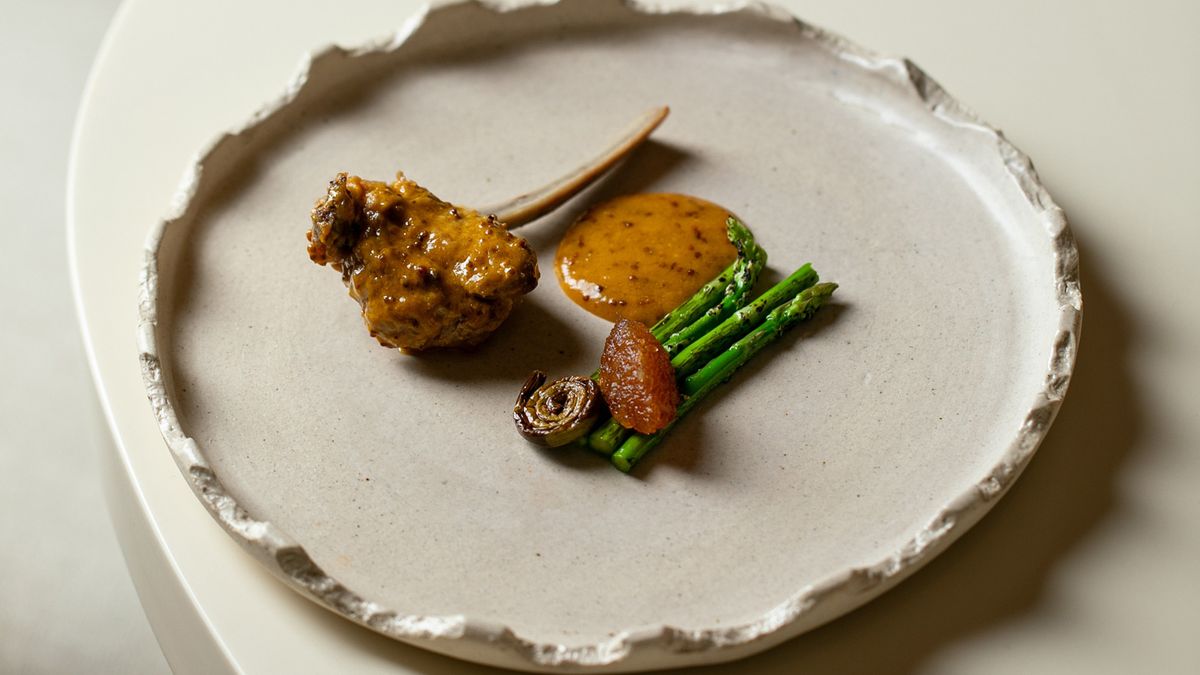Small plates, tasting menus, heirloom ingredients, foraging, and fermentation were some of the buzzwords in dining in 2023. But, what did they mean for India’s best chefs? Bouncing back from a global pandemic, the F&B industry outshone itself, acknowledging that inspiration was right here at home. It is no surprise then that the greens and grains growing in our backyard finally reclaimed India’s urban foodscape, through dizzying new formats, and made regional Indian food progressive, relevant, and accessible like never before.
Some of the highlights that made eating out fun this year.
The return of forgotten grains
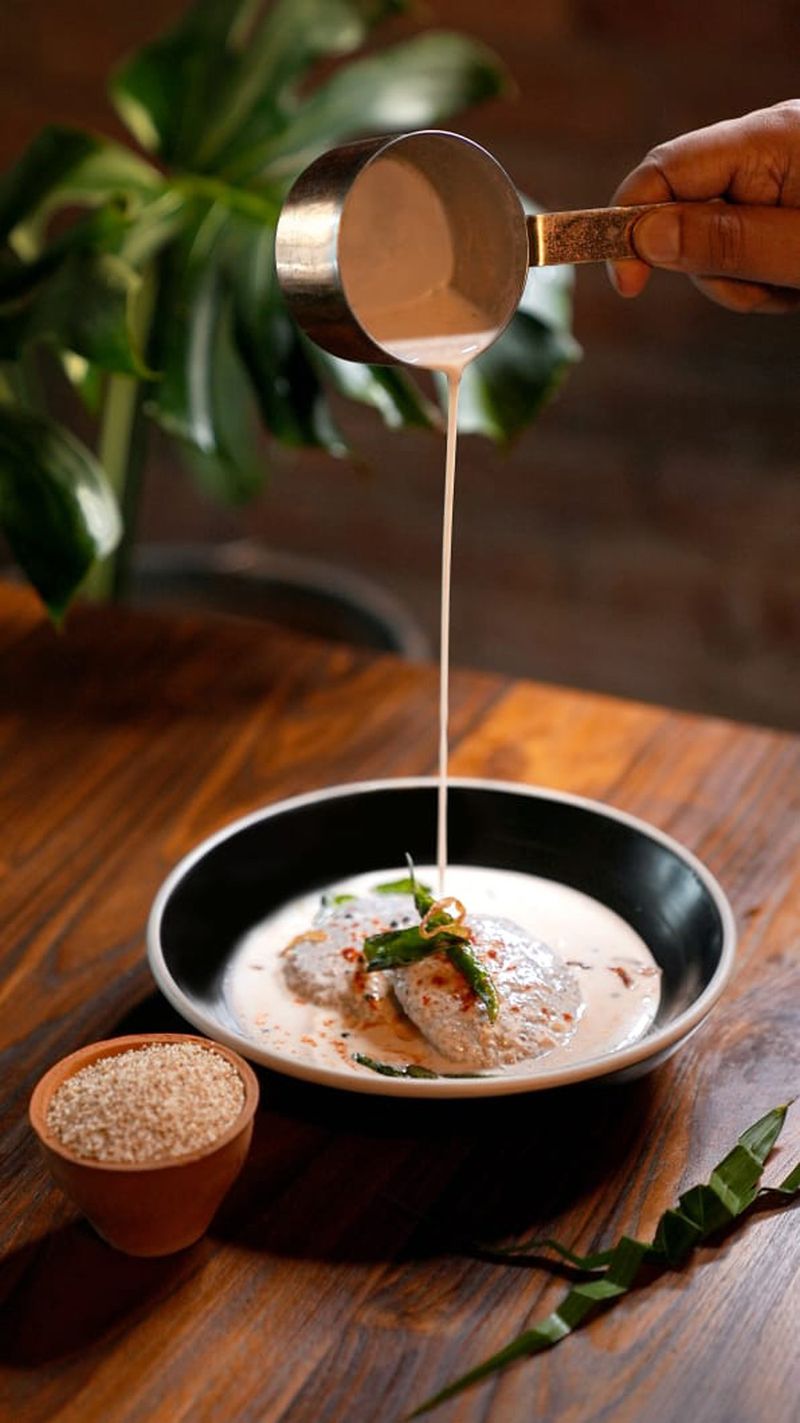
It was the year of the millets, and restaurants left no stone unturned to showcase the versatility of the ancient grain. The millet madness sparked off conversations among chefs, independent enterprises, and the health conscious to make the cereal crop approachable and fun. Ragi, jowar, bajra, buckwheat and barnyard millet made it to modern menus in the form of tacos and tarts, soups and salads, cakes and brownies, and pizzas and risottos.
“Millets will continue to claim a permanent place on restaurant menus in the form of both food and drinks,” says chef Bhairav Singh of Native Bombay, who along with The Locavore’s chef Thomas Zacharias came up with millet-based dishes ranging from kebabs to phirni for a workshop.
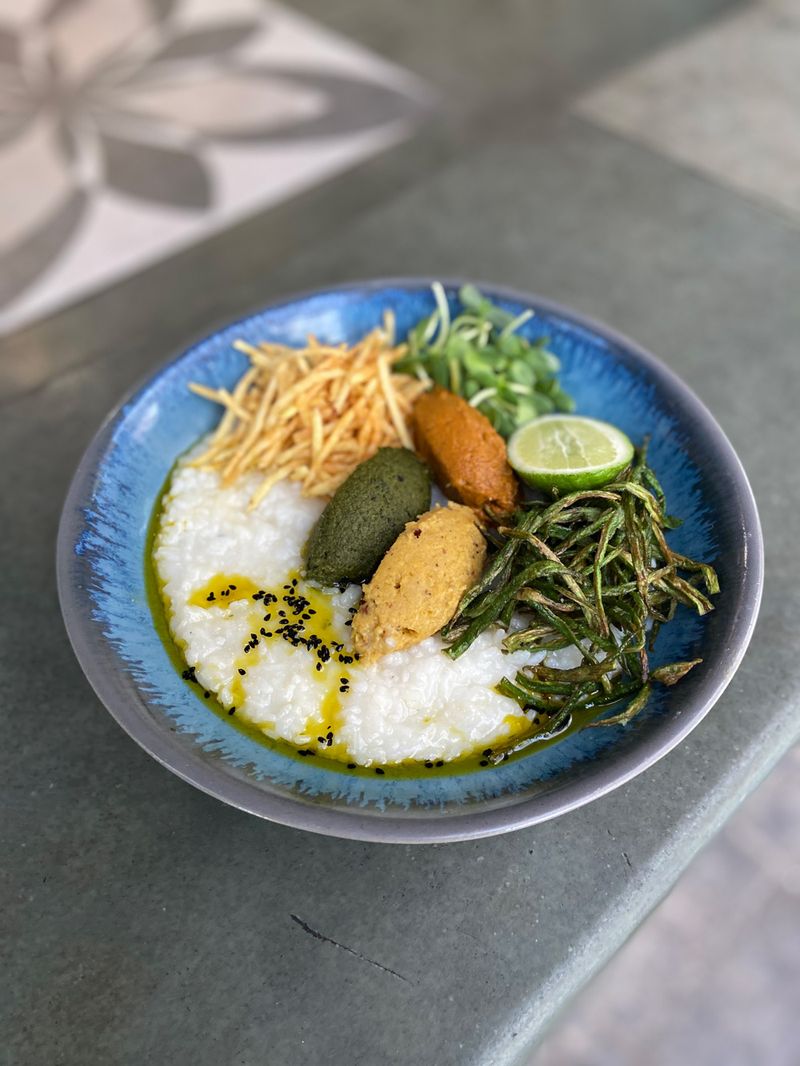
The urban diner also saw forgotten varieties of rice on the menus. In Goa, chef Anumitra Ghosh-Dastidar championed some of the hidden gems through comforting congees at her restaurant Edible Archives. At Sienna Cafe in Kolkata, chef Auroni Mookerjee tried to shift the focus away from basmati to heirloom rice that grows in Bengal. With the support of Amar Khamar, a city-based social enterprise instrumental in preserving folk varieties of rice, he served quirky small plates using chinekamini, karpurkanti and tulaipanji rice, which are rarely cooked in Bengali homes today. “Rice was always intertwined with the history and culture of Bengal, and the fact that the terroir produces such magnificent diversity, is a bonus,” he says. He paired a dish of steamed crabs with daadshal, an aromatic rice that grows in the saline lands of Sunderbans.
The new wave of northeast Indian cuisine
The northeast was never really on the radar of mainstream chefs for a long time. But, folks from the region continued to do their bit to change the discourse through pop-ups. While sisters Daphimanroi and Dakiwanri Warjri from Shillong put the diverse foods of the Khasi Hills in the forefront at Mumbai’s Magazine St. Kitchen, Dimapur friends Aren Longkumer and Juliet Assumi introduced Mumbaikars to Naga cuisine with their restaurant Naga Belly.
Chef Alistair Lethorn, another Dimapur native, who initially started cooking Naga food from his kitchen in Mumbai, opened a 25-seater restaurant Aal’s Kitchen in Goa’s Anjuna. “The acceptance seems great. People are travelling, which means they’ve finally opened up to our food.”

Chefs outside the northeast, such as Vanshika Bhatia of OMO Cafe in Gurugram, and Niyati Rao of Ekaa in Mumbai, took to learning the nuances of the culinary cultures. In May, Rao travelled to Dimapur to find inspiration for her tasting menu Exploration of Nagaland, following her fierce love for the food of the region, which she says “happened because many of my friends are from there, and the food is just mind boggling”. She was personally invested in the idea, and stuck around to create a supply chain to be able to cook with axone, tree tomatoes, mountain pepper, smoked pork, and fermented bamboo shoot.
Four-hand dinners and international collaborations
Fine dining saw four-hand collaborations as Indian chefs claimed their spot at some of the most iconic culinary addresses for pop-ups and residency. Indian Accent’s chef Manish Mehrotra took his phuchka to Singapore as part of The Mandala Masters residency; in September chef Varun Totlani of Masque partnered with top chef Daniel Humm of New York’s Eleven Madison Park for a 14-course plant-based menu influenced by Indian flavours; executive chef Hussain Shahzad of The Bombay Canteen flew to Bilbao to cook Indian-inspired Basque food; Mangalore-based chef Shriya Shetty cooked up a Karnataka feast at JHOL in Bangkok; and chef Vanika Choudhary of Noon took her ferments, garums and kojis to Michelin-starred restaurant Cenci in Kyoto, 180 Corner in London, and more recently to cook with the the world-renowned zero-waste chef Douglas McMaster of Silo London.
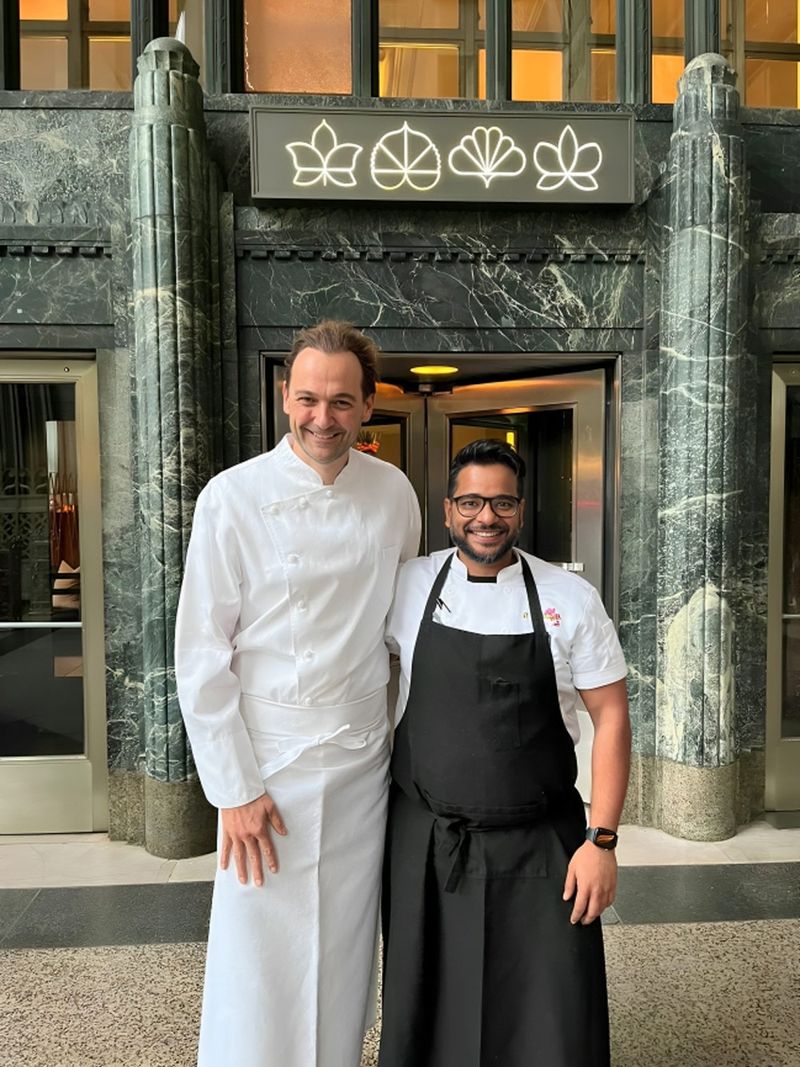
Events such as these helped chefs to learn, engage and share India’s food culture with a global audience. “But it was equally important to understand the culture of the host country, because the diners had limited knowledge about our food. Familiarising the cuisine with ingredients, or flavours they were used to, was critical,” says Shahzad, who also went back to Eleven Madison Park for an alumni dinner series in October. In Spain, he created masala papad using jamon, the quintessential native ham, and octopus with Goan chorizo. “What intrigued them the most were the stories, for instance they had no idea about the Portuguese invasion in India.” He believes such collaborations gave him the opportunity to break the stereotypes around Indian food.
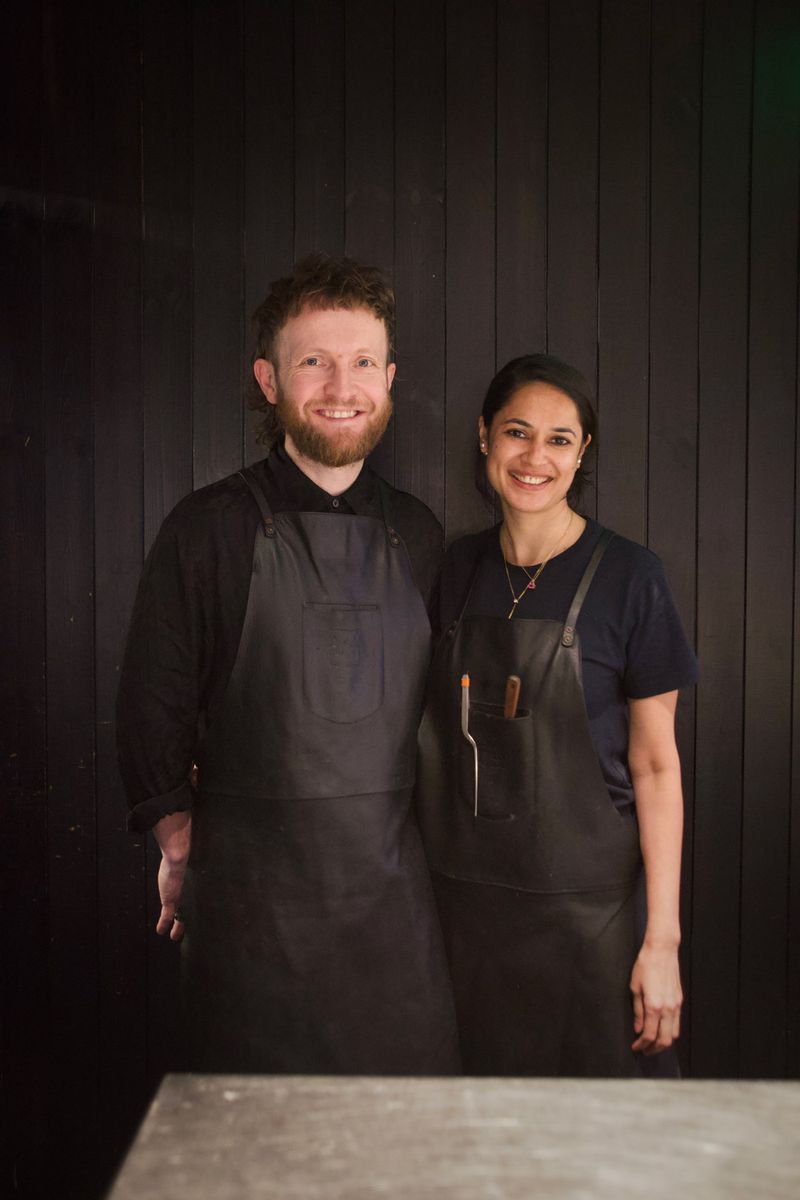
Choudhary, who is known for her partnerships with international chefs, agrees. “The way the West perceives Indian food is quite generic. So, for me it is a brilliant opportunity to showcase the culinary wealth of the indigenous communities considering their food is largely undocumented,” she says. Be it the nomadic tribes of Maharashtra, or the ethnic communities of Ladakh, her four-hand collaborations managed to garner attention on the global platform.
The India cocktail story
2023 saw a buzzing cocktail culture taking over top restaurants with exciting drinks programmes that put a spotlight on India’s rich culinary heritage. Wild infusions driven by modern mixology with a focus on the art and science of cocktail making ruled the scene.
But, how did the cocktail menu get more exciting than the food menu? “I believe diners are now looking for stories behind what they are drinking. The food was always there, but today the beverage menu completes the whole experience,” says Yangdup Lama, India’s most influential mixologist, and co-owner of Delhi’s award-winning bar Sidecar. The added bonus is “an increased exposure to social media, and open-mindedness of bartenders,” believes Sujan Shetty, beverage manager at Slow Tide Goa.

When it comes to infusing spirits with Indian flavours, Lama feels the craze for homegrown ingredients was a bartending move. “It's because of the familiarity. There’s so much that bartenders can do with the mind-blowing variety, and the history and ethnicity of cultures right here,” he adds.

There was an evolving audience in Kolkata too, says chef-partner Rituparna Banerjee of the seven-month-old bar Little Bit Sober. Situated in the historic quarters of Chowringhee, the debut menu had libations infused with Gobindobhog rice, and Jharna ghee, nolen gur, gondhoraj lime, and the Bengali favourite sondesh. “You know it is working when you find 60-year-old jethimas (aunt in Bengali) in saris swirling a drink!” she says.
The revolution of Indian mithai
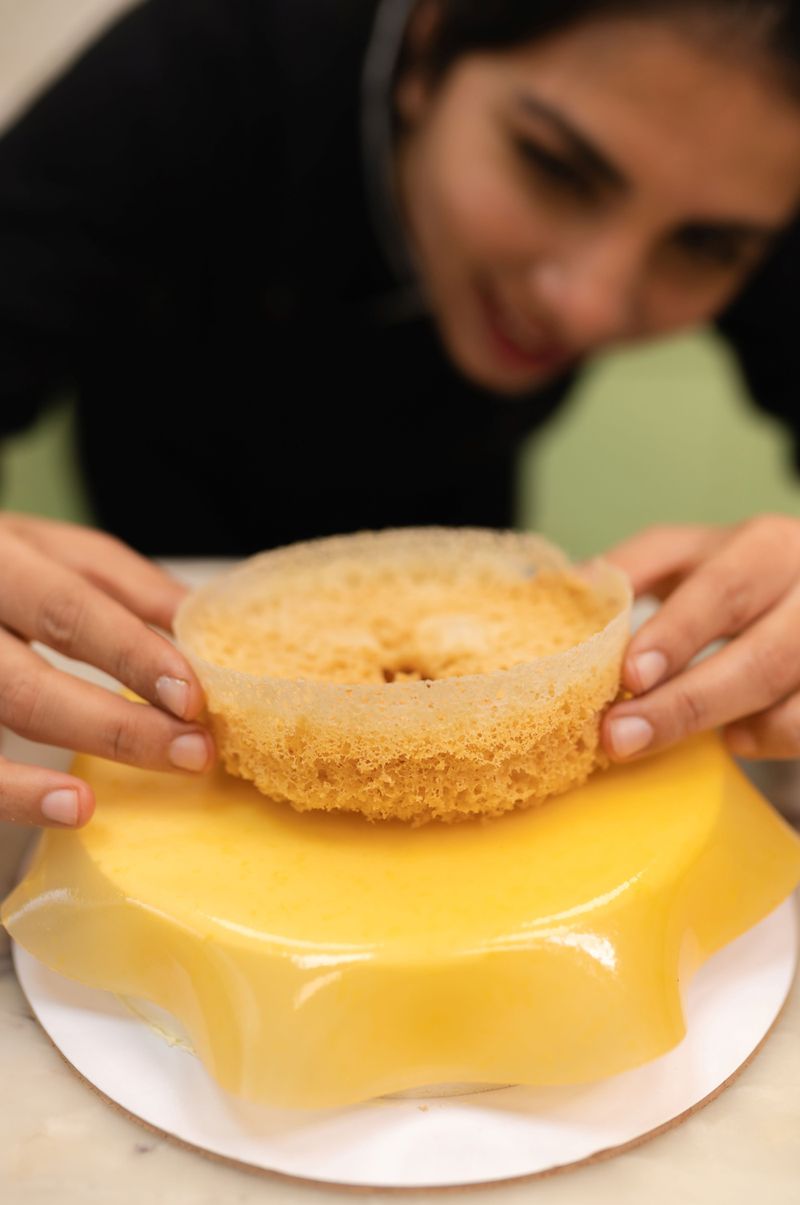
Cheesecake barfis, mithai bonbons, biscoff gujiyas, gulab jamun churros—the humble mithai had never looked this cool. Businesses crafted India’s diverse sweet tradition through modern formats with a focus on technique, keeping its layered history intact.
It also helped as pastry chefs got the opportunity to display their international training. Take for instance ghevar, the ghee-soaked, sugary honeycomb discs from Rajasthan. A classic mastered by halwais over several generations, it got a makeover in the form of a ghevar clementine entremet by the Le Cordon Bleu Paris alumnus chef Tejasvi Chandela. “Indian mithai is so intricate and complex that I realised breaking down the steps implementing European pastry technique would make it even more exciting for Indians,” says Chandela, who runs Dzurt Patisserie in Jaipur.
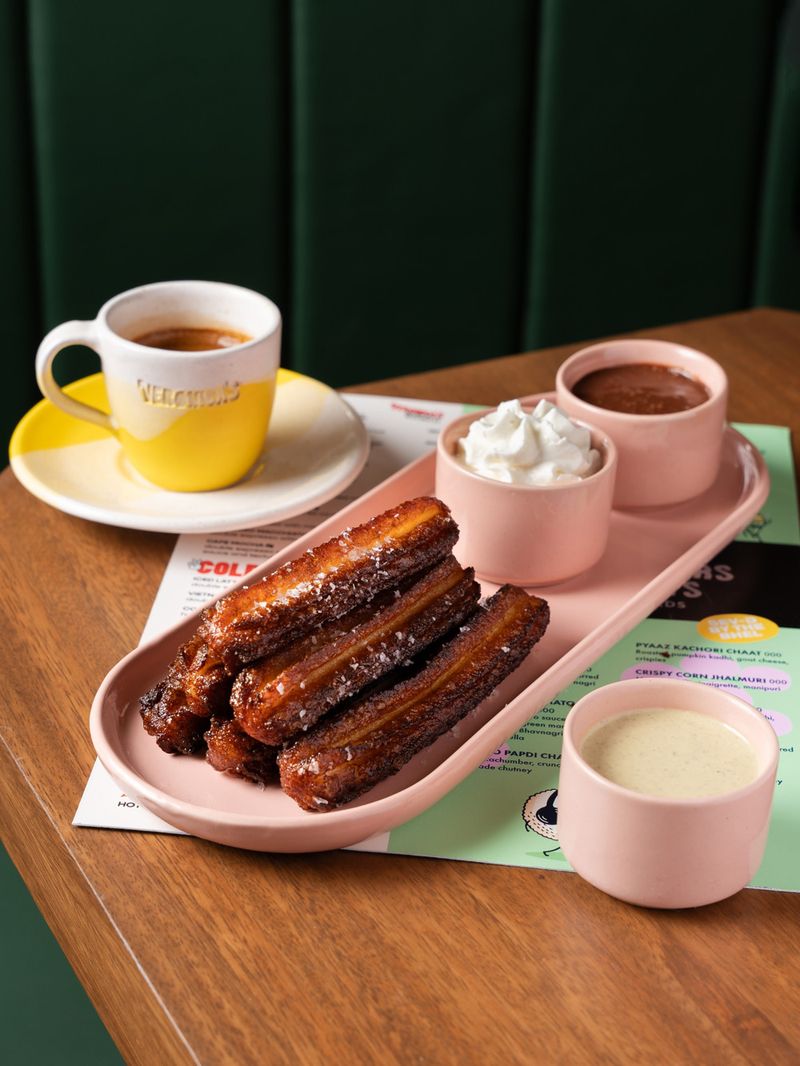
Artisanal brands like Gurchini made mithai sweetened with stevia, dates, manuka and palm jaggery; Bombay Sweet Shop thrived on nostalgia by reimagining childhood favourites with their latest range inspired by Archie comics; Pistabarfi reshaped the good old barfi in the form of a bar; Khoya Mithai came up with luxurious barfi slabs; and Yogisattva experimented with plant-based mithai on Diwali.
Chef Girish Nayak, an alumnus of Culinary Institute of America, and who helms Bombay Sweet Shop, says, “What worked for us is the twist on the familiar.” He believes by going beyond traditional ingredients, and incorporating western ones, think ganache, mascarpone, and jams worked for the newer generation.
Travel as an inspiration
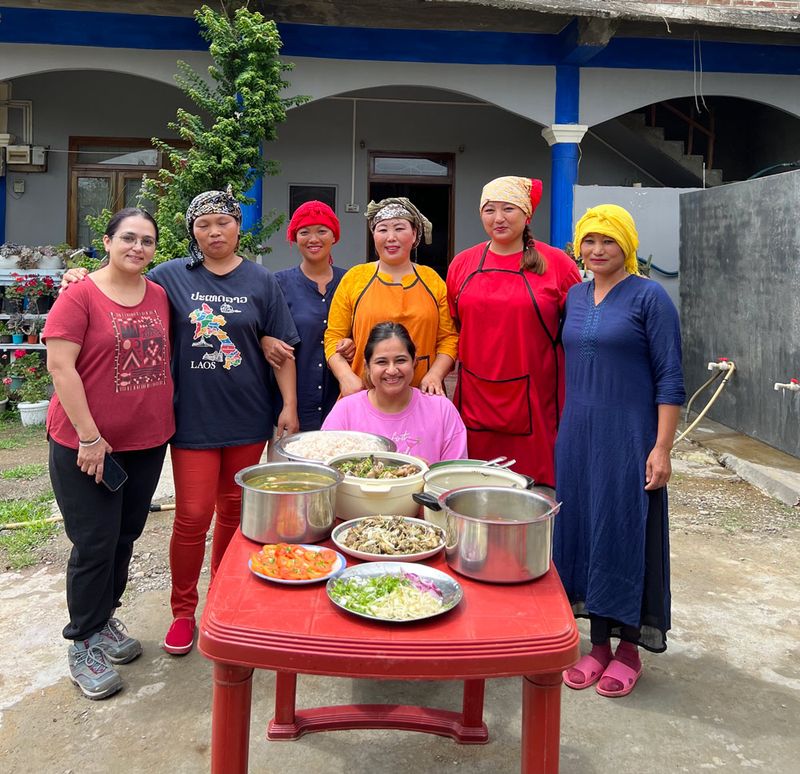
On a trip to a fishing village on the Goa-Maharashtra border in July, Fig & Maple’s chef-founder Radhika Khandelwal delved into the local practice of refraining from fish. She went foraging instead for greens such as takla, and olmi or wild mushrooms that sprout during the season. “One of the most fascinating aspects of my travels is the way they allow me to connect with the land and its offerings,” she says.
2023 saw an increasing number of chefs who went on foraging trips, market visits and cooking and eating with locals. The exposure opened up new possibilities in the form of inspiration that is otherwise not possible within the confines of a restaurant kitchen. Many worked closely with communities at the grassroots level, be it farming or fishing, to understand the ecosystem better. “The gains are a mix of cultural understanding, scientific knowledge, and respect for the natural cycles that shape our food traditions,” adds Khandelwal.
Chef Vanshika Bhatia, who went on extensive field trips across the country, says, “I feel travel made me curious, which is extremely important for chefs. My main objective is to learn about the biodiversity of a region in terms of produce and technique.” Her adventures in Nagaland, and more recently in Kashmir, taught her about preservation, and zero waste cooking.
Mountain cuisine on the spotlight
India’s sub-regional cuisines got a push this year, typically those from the Himalayan belt. Restaurants plated up dishes integrating the ethos of the mountains through formats that paid homage to the striking confluence of Tibetan, Nepali, Kashmiri, Ladakhi and Himachali food cultures. In Bengaluru, chef Viraf Patel and his partner Prakriti Lama hosted a pop-up at The Conservatory featuring stinging nettle soups, Tibetan breads, preserved meats flavoured with timmur pepper, and yak cheese to name a few. Choudhary familiarised Mumbaikars about some of the oldest preservation techniques from Ladakh, and little-known pickles from her mother’s Kashmiri kitchen through her tasting menus. One of the most ambitious projects spotlighting the foods of the mountains was the launch of NAAR near Kasauli, helmed by chef Prateek Sadhu.
There were also novel pop-ups by Tsas by Dolkhar, a modern vegetarian restaurant from Ladakh, that married the hyper-local gems of the region with Thai cuisine at Nara Thai in Mumbai. A ceviche made of native watermelons, baos prepared using heirloom barley, traditional gnocchi made of apricots, and seabuckthorn chocolate tarts were some of the highlights. “Ladakh has been a self-sustained agrarian society much before tourism took over. But we are now seeing a decline in these ancient practices due to urban migration. There is an urgent need to promote them as they have a big role in boosting the local economy,” says chef de cuisine Kalpesh Jadhav of Tsas by Dolkhar.


